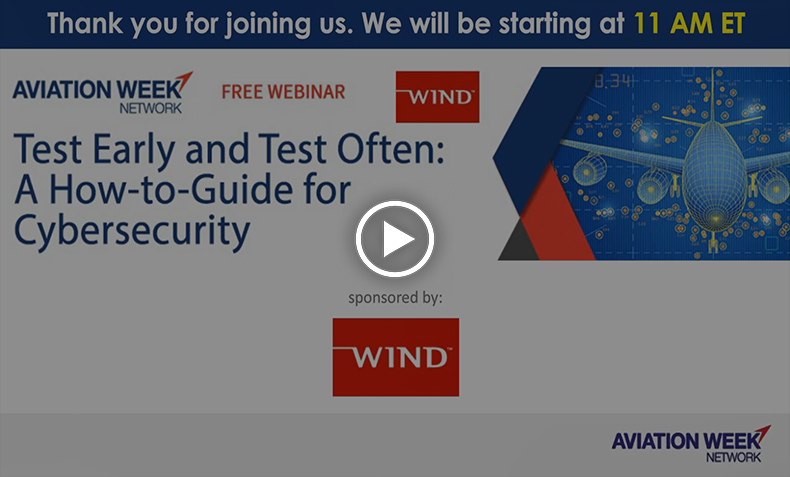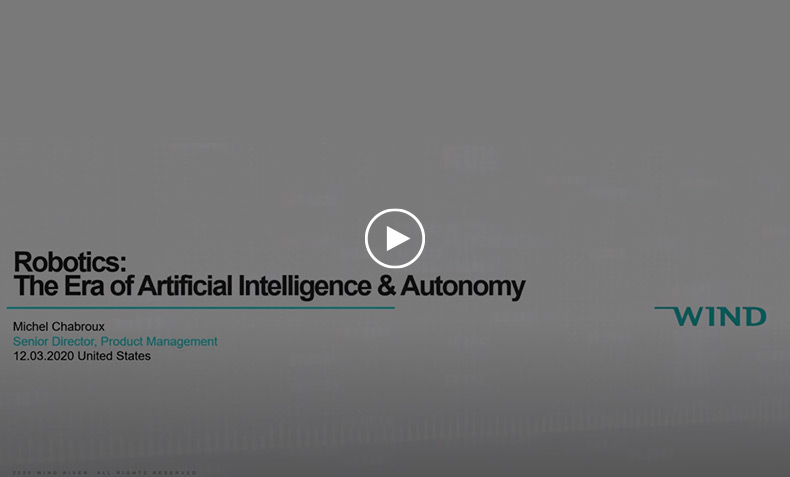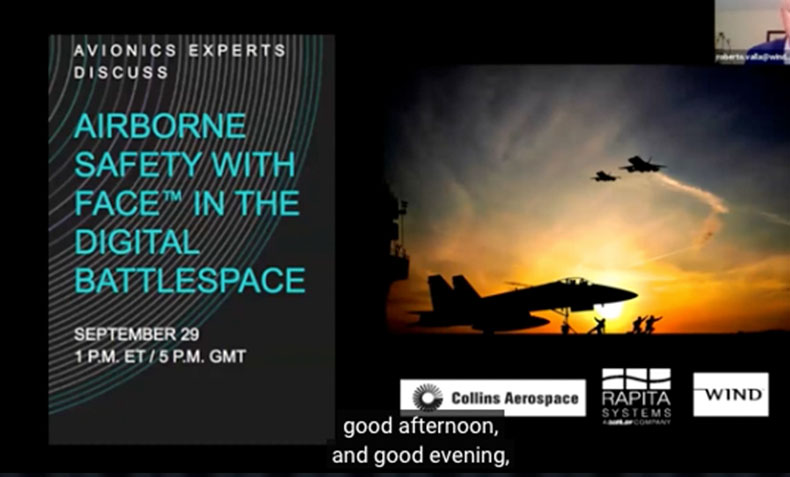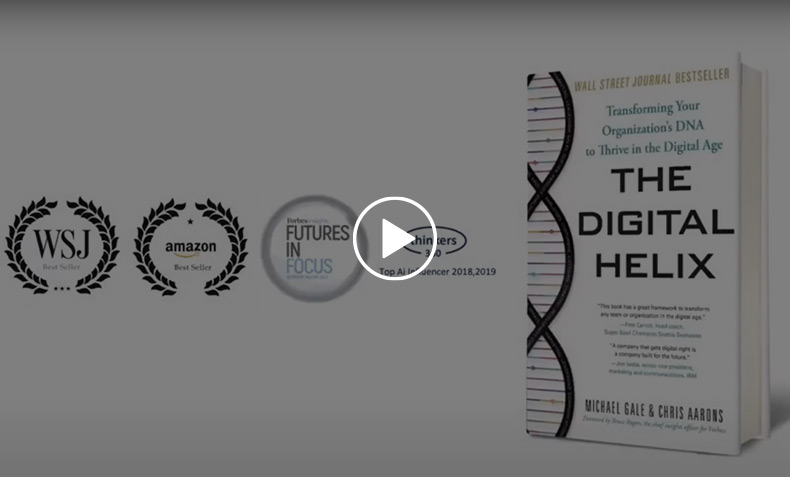Wind River Web Seminar
Test Early and Test Often
A How-to Guide for Cybersecurity
Threats to cyber systems are continually evolving, so your test environment also needs to evolve. Testing on your production system is not only risky, but may not be possible if it isn’t built yet. Creating a physical replica is too expensive, especially if you have to recreate it again after one of your tests blows up the system.
Wind River® is joined by Alpha-Beta Technologies (ABT) in this web seminar, where we discuss some of the challenges of testing for security vulnerabilities in today’s systems.
- Overcome some of the challenges inherent in testing systems built for MIL-STD-1553
- Test for OTE security and conduct root cause analysis much more efficiently
- Conduct non-destructive security testing by creating a virtualized environment that can be set up, blown up, analyzed, and recreated endless times without damage to the system
- Test vulnerabilities by injecting faults into the system
- Manipulate time to your advantage—the system clock can be manipulated to create security breach opportunities; being able to manipulate the time in simulation helps uncover possible exposures
- Sean Evoy,
Product Line Manager,
Wind River Tools - Michael Morris,
Founder and Executive Vice President,
Alpha Beta Technologies, Inc.




























